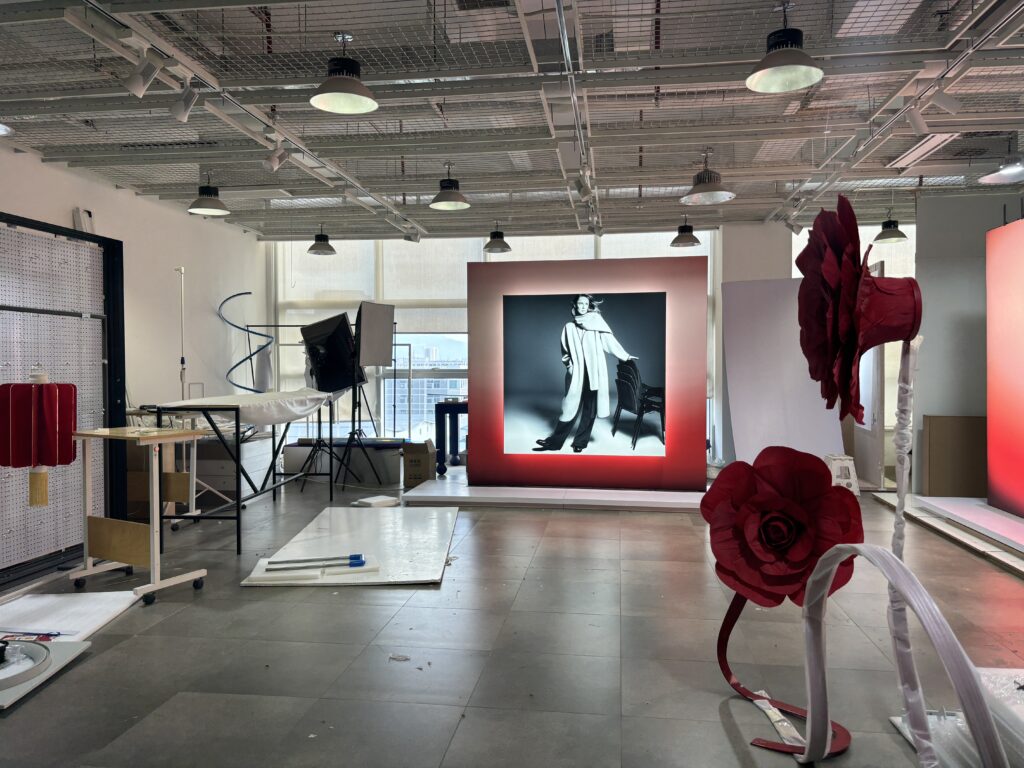Engaging Customers and Elevating Brand Experiences with Interactive Retail Displays
By Yan Luo | Samtop Display
Interactive displays can significantly boost customer engagement for high-touch retail brands. By integrating technology, tactile experiences, and personalization, you can create immersive brand experiences that invite customers to engage with your products and brand on a deeper level. From augmented reality (AR) to sensor-based displays, there are countless creative ways to enhance the shopping experience and strengthen customer relationships.
At Samtop, we specialize in creating interactive retail displays that transform traditional shopping experiences into dynamic and engaging encounters.

1. How Can Retail Brands Enhance Customer Engagement?
In today’s fast-paced retail landscape, high-touch brands need innovative ways to stand out and engage with their customers. The traditional shopping experience is no longer enough to keep customers interested. How can you offer something beyond the basics and create memorable interactions?
2. The Challenge of Standing Out in a Competitive Market
With the rise of e-commerce, retailers must work harder to provide unique and immersive experiences that capture the attention of in-store customers. Simply showcasing products on shelves isn’t enough; customers want to interact, explore, and personalize their shopping journey.
3. Implementing Interactive Retail Displays to Drive Engagement
At Samtop, we help high-touch retail brands design innovative interactive displays that engage customers and create lasting brand experiences. By integrating augmented reality, motion sensors, and touch-based controls, we create retail environments where customers can engage with products on a deeper level, enhancing their overall shopping experience.
📊 Key Interactive Display Ideas for High-Touch Retail Brands
1. Augmented Reality (AR) Experiences
AR allows customers to interact with products in a digital or virtual environment, creating a richer, more personalized shopping experience.
How to Use AR in Retail Displays:
- Virtual Try-Ons: Allow customers to try on clothes, makeup, or accessories virtually via AR mirrors or mobile apps.
- Example: Fashion, beauty, and eyewear brands can provide virtual fitting rooms, enhancing customer engagement without the need for physical try-ons.
- Product Information: Display detailed product information, usage tutorials, or enhanced 3D views when customers scan a display with their mobile devices.
- Storytelling and Brand Engagement: Use AR to tell the story of your brand, providing customers with interactive content such as brand history, sustainability efforts, or product journeys.
Tip:
Integrate interactive AR kiosks in-store or create mobile-compatible AR experiences, allowing customers to engage with your brand using their own devices for added flexibility.
2. Touch-Sensitive Displays
Touch-sensitive displays offer an engaging, hands-on experience that encourages customers to interact directly with your products.
How to Use Touch-Sensitive Displays:
- Interactive Product Demos: Let customers swipe through product features, watch demo videos, or explore different product variations (colors, sizes).
- Customized Experiences: Allow customers to personalize products on the touchscreen, such as engraving a name or selecting a color or fabric.
- Brand Stories and Educational Content: Provide interactive content that educates customers about your brand’s history, values, and product offerings.
Tip:
Use gesture-based controls for larger displays, allowing customers to interact without touching the screen directly—ideal for improving hygiene and enhancing the tactile experience.
3. Interactive Mirrors for Virtual Try-Ons
Interactive mirrors combine motion sensors and AR to offer customers a virtual try-on experience, making it easier for them to explore different styles and products.
How Interactive Mirrors Work:
- Virtual Fitting Rooms: Customers can try on clothes or makeup virtually, making it easier for them to envision how products will look on them.
- Personalization: The mirror can track customer preferences and offer personalized suggestions based on their choices.
- Social Sharing: Enable customers to take selfies with their virtual try-ons and share them on social media, boosting brand visibility and engagement.
Tip:
Include real-time feedback such as customer reviews, ratings, and personalized product recommendations within the mirror’s interface to enhance decision-making.
4. Interactive Touch Tables
Interactive touch tables offer a collaborative, tactile way for customers to explore products and engage with your brand.
How to Use Touch Tables:
- Product Exploration: Allow customers to drag and drop products, zoom in, or compare options based on their preferences (size, color, style).
- Gamified Experiences: Create fun and engaging experiences, such as quizzes or challenges related to your products, with rewards or points for engagement.
- Product Customization: Let customers design or personalize products, such as custom jewelry or bespoke fashion items.
Tip:
Combine touch tables with video projections to create an immersive, dynamic shopping experience that captures attention and invites exploration.
5. Sensor-Based Interactive Displays
Sensor-based displays react to a customer’s presence or movements, creating a dynamic and engaging environment that draws them in.


